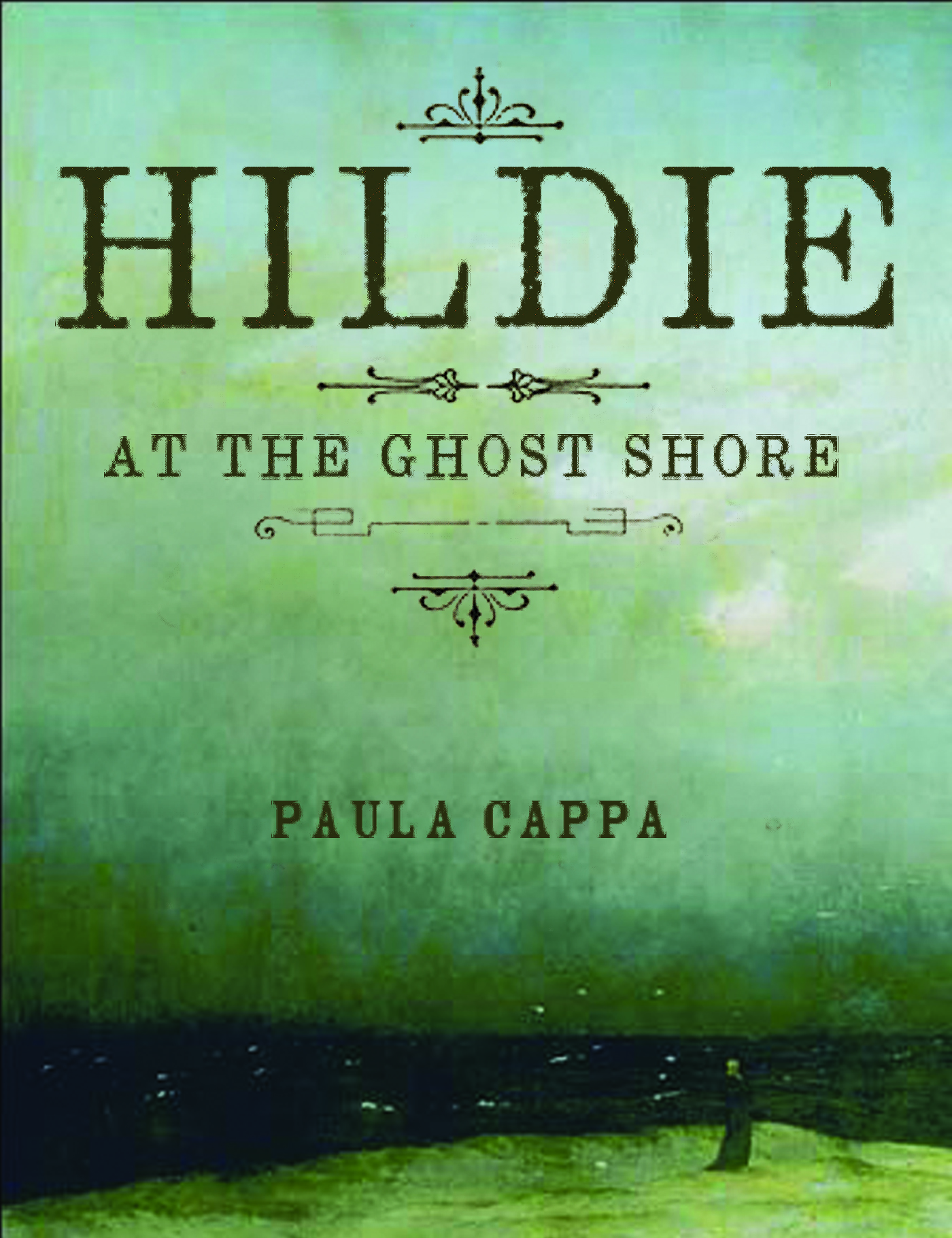Bring out the coffee! Uncap the eye drops! It's that time of the year again!
Are you new to NaNoWriMo? Are you a veteran? This is the place for you to share your experience! I'd like to create a series of guest blog posts showcasing NaNoWriMo participants and their experiences with this year's challenge.
nadinucca (at) hotmail (dot) com
1) Name or nickname + your photo (optional)
2) Blog and/or Twitter handle
3) Is this your first time participating in NaNoWriMo? If so, what made you take the plunge? If you're a vet, how do you feel about tackling it yet again this year?
4) What's your project? Include name (if any), genre, brief synopsis... whatever you'd like to share!
5) How are you approaching NaNo? Are you in the midst of a writing frenzy, or do you have a carefully thought-out plan?
6) Have you learned anything from this experience so far? Is there any advice you would like to share with other NaNoWriMoers?
7) Send a short excerpt from your project! I'd love to share what you're working on!

